1853–1890
Dutch, Netherlandish

(Born Zundert, North Brabant, 30 March 1853; died Auvers-sur-Oise, 29 July 1890). Dutch painter and draughtsman, active for much of his brief career in France, with Cézanne and Gauguin the greatest of Post-Impressionist artists. His uncle was a partner in the international firm of picture dealers Goupil and Co. and in 1869 van Gogh went to work in the branch at The Hague. He was a good linguist, and from 1873 to 1876 he worked at the London and Paris branches. Initially he did well, but early in 1876 he was obliged to resign because of his erratic behaviour, caused by an unrequited passion for his landlady’s daughter (or perhaps for the widowed landlady herself; the evidence is vague). This was the first of several disastrous attempts to find happiness with a woman. Throughout most of 1876 he was again in England, working as a teacher in Ramsgate, Kent, and Isleworth, Middlesex, and as an assistant to a Methodist minister, his experience of urban squalor having awakened a religious zeal and a longing to serve his fellow men. His father was a Protestant pastor, and van Gogh began to train for the ministry, but he abandoned his studies in 1878 and went to work as a lay preacher among the impoverished miners of the grim Borinage district in Belgium. In his zeal he gave away his own worldly goods to the poor and was dismissed for his literal interpretation of Christ’s teaching. He remained in the Borinage, suffering acute poverty and a spiritual crisis, until 1880, when he found that art was his vocation and the means by which he could bring consolation to humanity. From this time he worked at his new ‘mission’ with single-minded intensity, and although he often suffered from extreme poverty and undernourishment, his output in the ten remaining years of his life was prodigious: about a thousand paintings and a similar number of drawings. The spontaneous, irrational side of his character has often been stressed, but he was a cultivated and well-read man, who in spite of his speed of work thought deeply about his paintings and planned them carefully.
Artworks
 Alexander Reid (1854–1928)Vincent van Gogh (1853–1890)
Alexander Reid (1854–1928)Vincent van Gogh (1853–1890)
Kelvingrove Art Gallery and Museum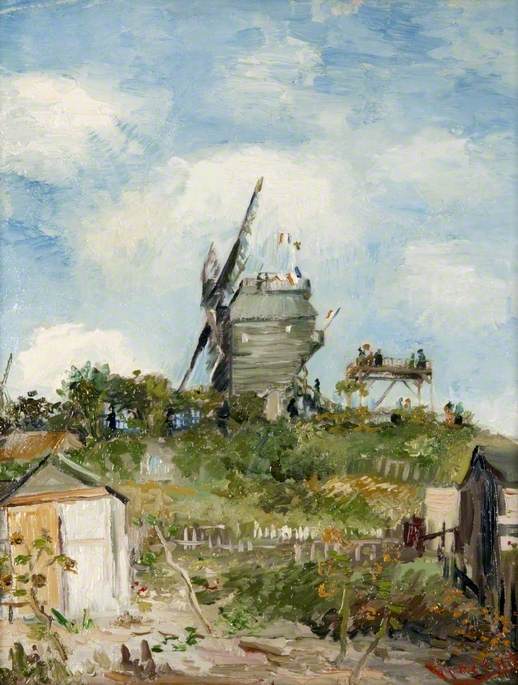 The Blute-Fin Windmill, MontmartreVincent van Gogh (1853–1890)
The Blute-Fin Windmill, MontmartreVincent van Gogh (1853–1890)
Kelvingrove Art Gallery and Museum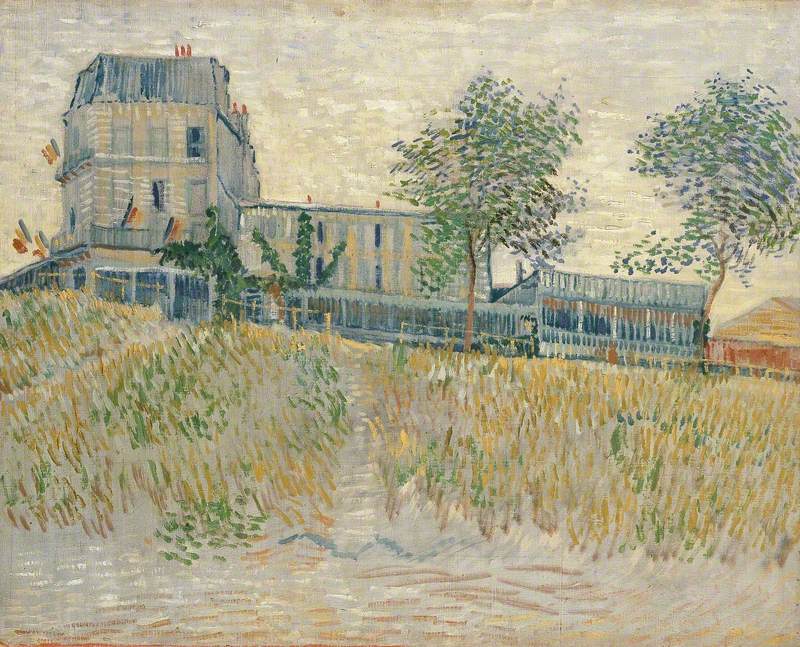 Restaurant de la Sirène, AsnièresVincent van Gogh (1853–1890)
Restaurant de la Sirène, AsnièresVincent van Gogh (1853–1890)
The Ashmolean Museum of Art and Archaeology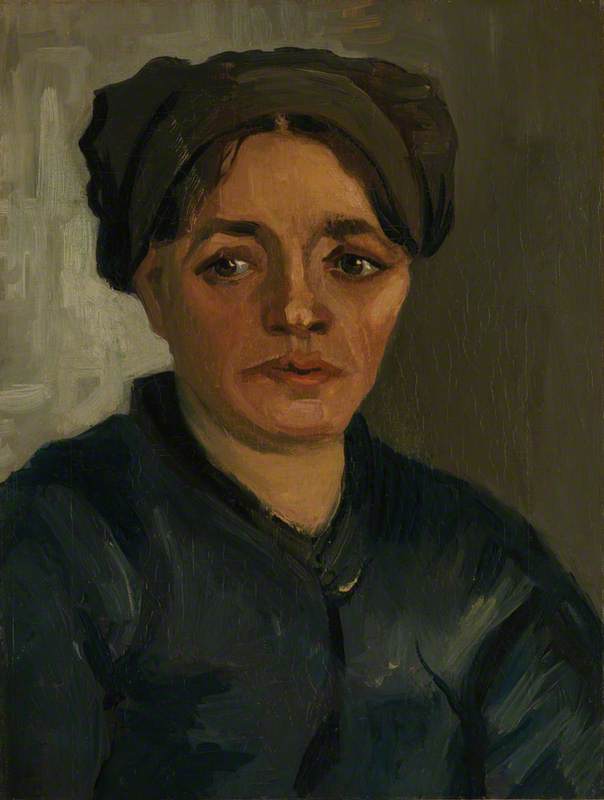 Head of a Peasant WomanVincent van Gogh (1853–1890)
Head of a Peasant WomanVincent van Gogh (1853–1890)
The National Gallery, London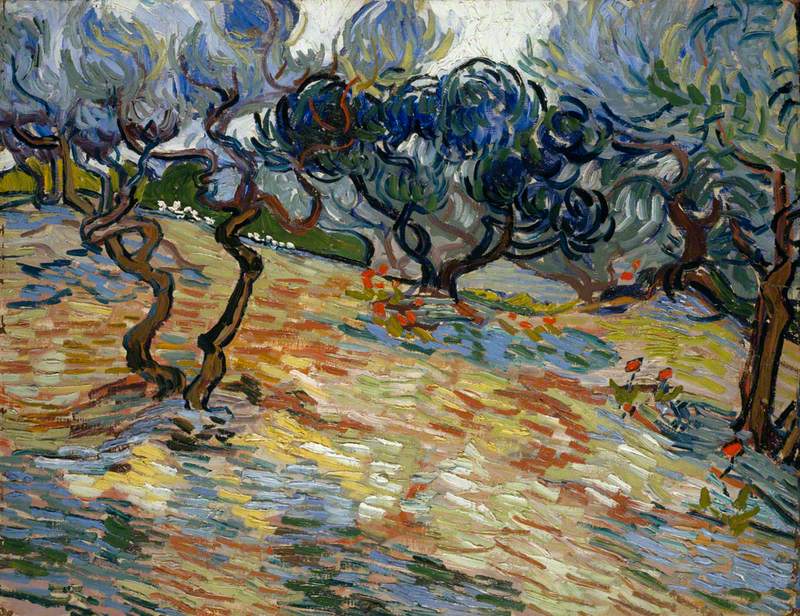 Olive TreesVincent van Gogh (1853–1890)
Olive TreesVincent van Gogh (1853–1890)
National Galleries of Scotland, Scottish National Gallery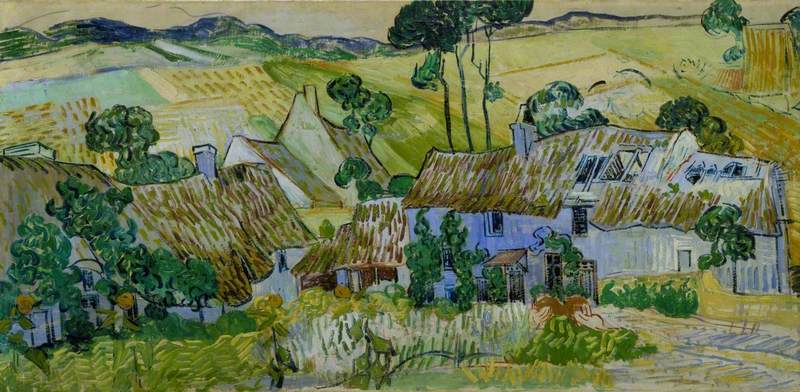 Farms near AuversVincent van Gogh (1853–1890)
Farms near AuversVincent van Gogh (1853–1890)
Tate A Peasant Woman DiggingVincent van Gogh (1853–1890)
A Peasant Woman DiggingVincent van Gogh (1853–1890)
The Barber Institute of Fine Arts